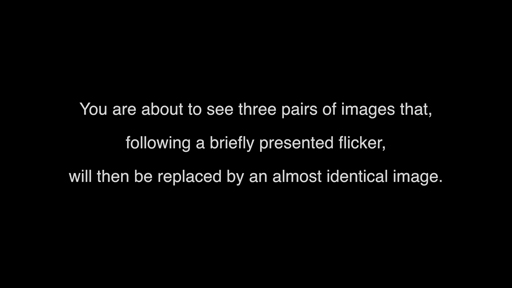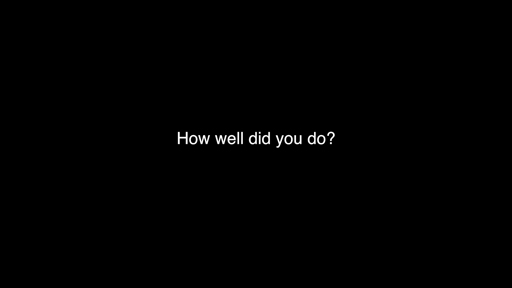2.1 Flicker paradigm
A common reaction to reading about change blindness is to think that you would be different, that you would definitely notice if the identity of the person you were speaking to changed.
Of course, seven of the 15 participants in the Simons and Levin (1998) study did notice the change in identity. That change was very obvious, but when a more subtle change was employed in the Nelson et al. (2011) study, only 4.5% of participants spotted it.
Activity 1 Spot the differences
Changing the identity of a researcher or actor is a fairly obvious change, but change blindness can also occur with smaller details. The ‘Flicker paradigm’ video contains pairs of images, shown one after the other, that differ by several details. Can you spot the differences? Make a note of how many differences you can spot.
See if you can work out why spotting the difference is so tricky?

Transcript
TEXT ON SCREEN:
Discussion
How many changes did you spot in the Flicker paradigm? The next video reveals the changes in the images.

Transcript
TEXT ON SCREEN
